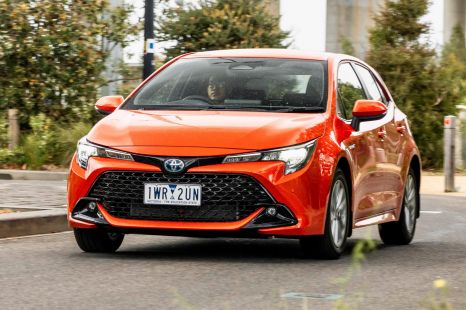

Max Davies
2025 Toyota Corolla SX review
5 Days Ago

News Editor
Five years (and just a few days) ago, General Motors announced it was shuttering the Holden brand.
It came as a shock to many, but for others it seemed inevitable. Sales had been sliding each year since it announced in 2013 it would end local production, and dropped significantly once local manufacturing did wrap up in 2017.
In late 2019, Holden also had to axe two of its most well-known nameplates, the Astra and Commodore, leaving the brand with only SUVs and utes.
Hundreds of new car deals are available through CarExpert right now. Get the experts on your side and score a great deal. Browse now.
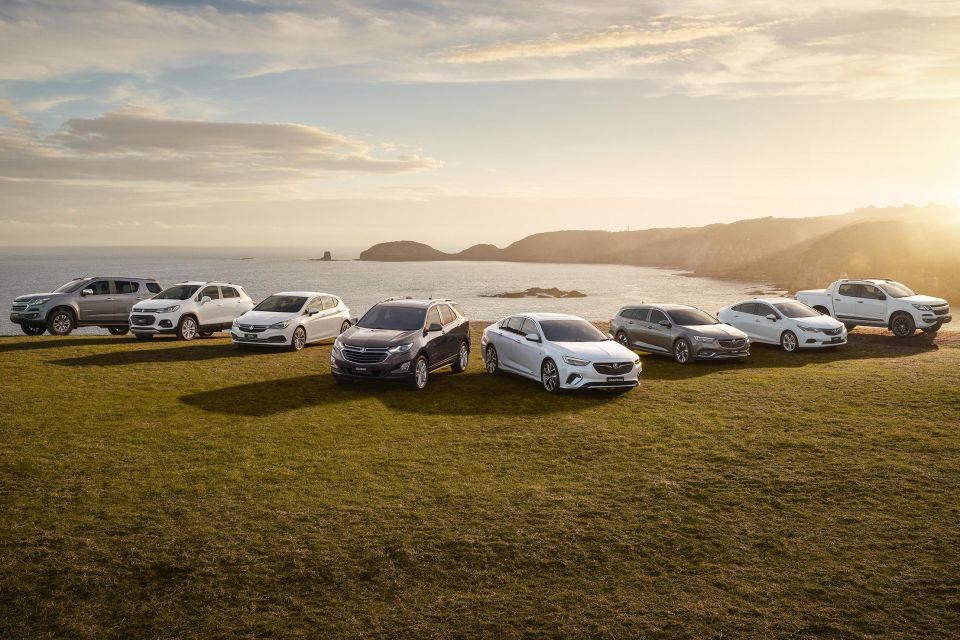
Of course, two of those – the Colorado ute and Trailblazer SUV – were sentenced to death as GM negotiated to sell the Thai plant from which Holden sourced them.
Holden was killed by a death of thousand cuts and a customer base that was rapidly turning away from a brand that was number one in Australia as recently as 2002.
But what if Holden hadn’t died? What if GM had decided to stick it out with the brand here, even as it shuttered or sold off loss-making operations elsewhere?
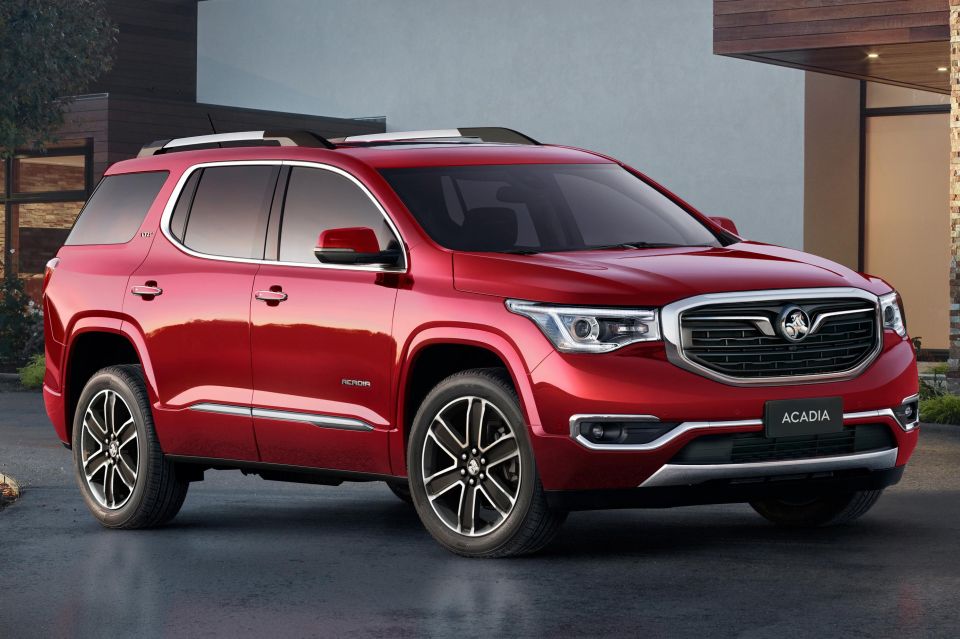
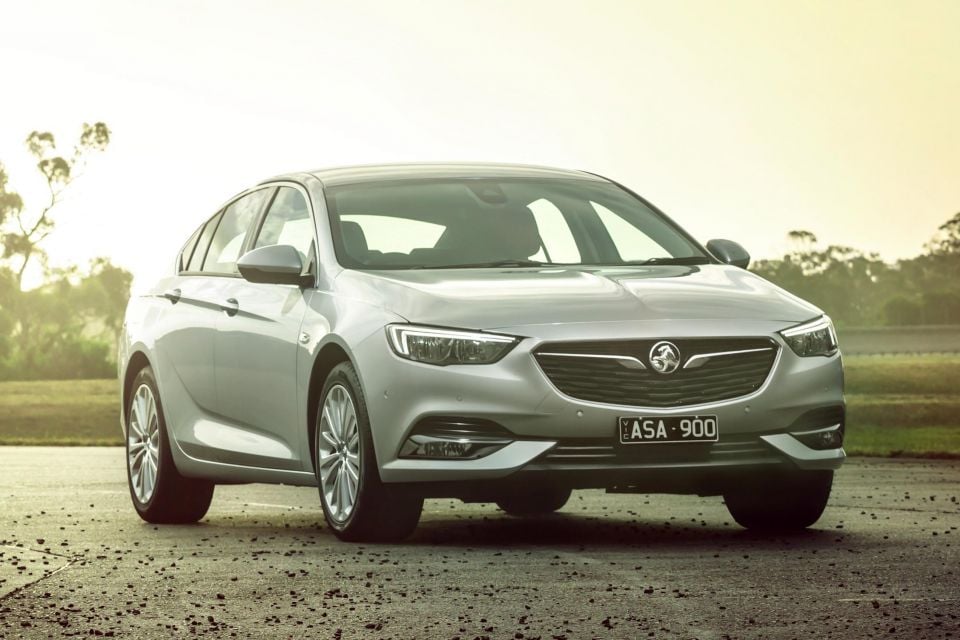
For this thought exercise, we need to look beyond the vehicles already built in right-hand drive by GM because, well, that’s a tiny list.
Instead, let’s imagine GM did commit to wider right-hand drive vehicle production in this post-Thai plant, post-Opel sell-off world.
With that caveat, here’s what Holden’s lineup could have looked like in 2025, if the Lion had survived alongside GMSV’s Chevrolet and the newly launched Cadillac and upcoming GMC brands.
Nobody could have judged the last Holden (née Chevrolet) Trax as being a class leader, but in contrast its replacement has been getting plenty of positive press in the US.
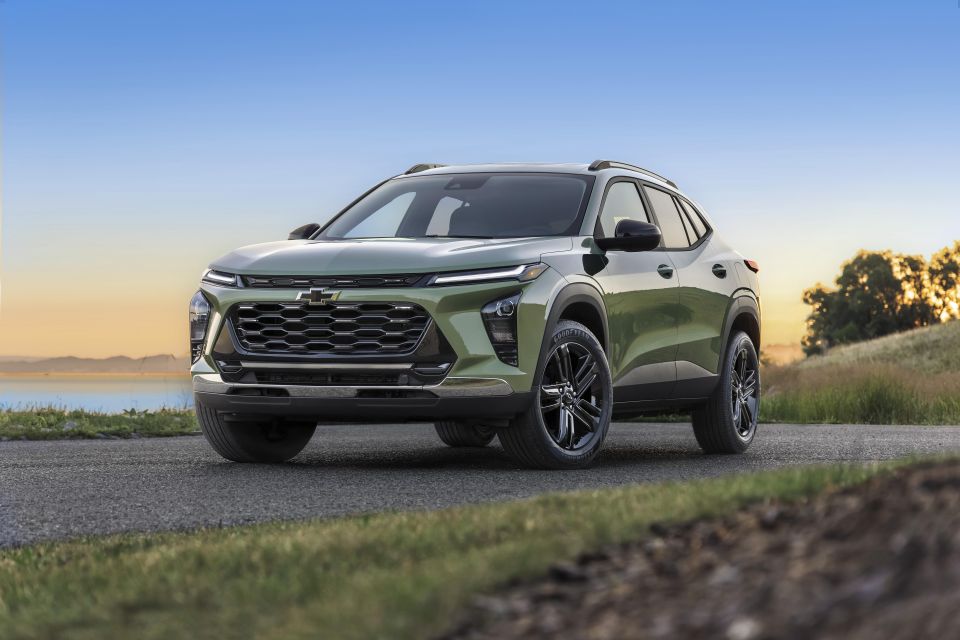
Car & Driver put it on its 2024 10 Best Trucks (aka SUVs and pickups) list. In a comparison test last year, Motor Trend picked it over the Kia Seltos, Mazda CX-30 and Toyota Corolla Cross.
It’s not just critical acclaim, as Trax sales have taken off in the US. Chevrolet sold over 200,000 examples in 2024, almost twice as many as in the best year of the last generation.
It’s not hard to see why. Just look at the styling – it’s lower, larger and sleeker than before.
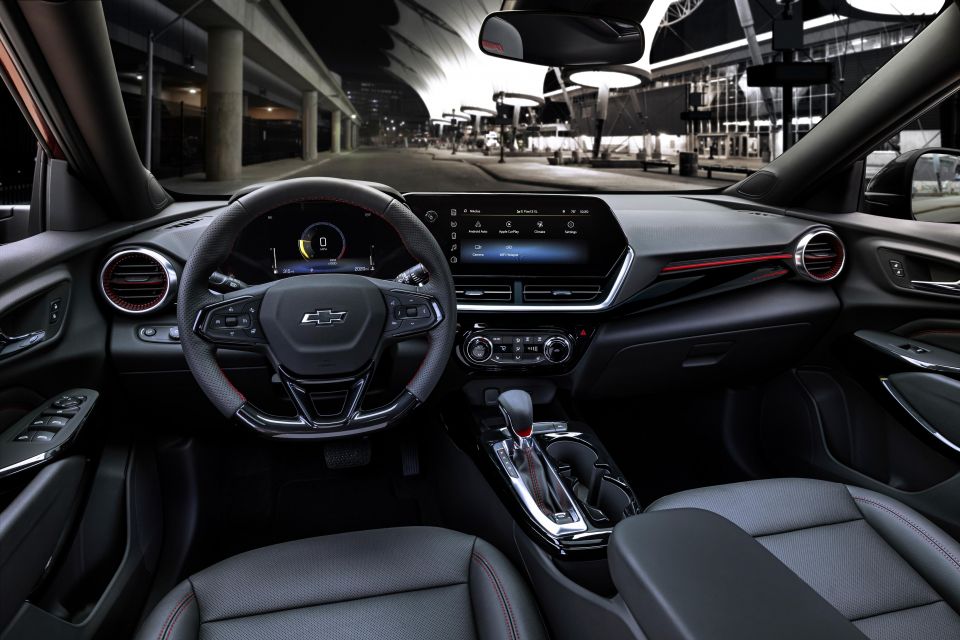
It measures 4537mm long, 1823mm wide and 1560mm tall on a 2700mm wheelbase, making it just 38mm shorter and 22mm narrower than a Mazda CX-5 but a whopping 119mm lower than the old Trax.
It’s about as tall as a CX-30, and therefore looks more like a hatchback than a traditional SUV.
You won’t find an all-wheel drive option either – Chevrolet offers this instead in the boxier but older Trailblazer crossover (not to be confused with the Trailblazer off-roader we used to get).
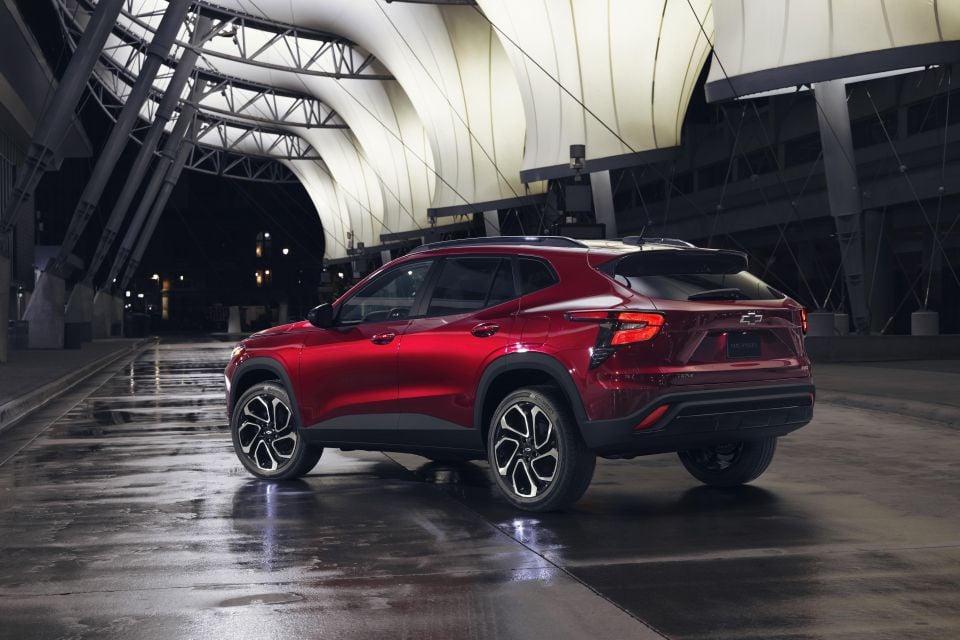
In the US, the only engine is a 102kW/219Nm turbocharged 1.2-litre three-cylinder petrol engine mated with a six-speed torque-converter automatic transmission.
The Trax is built in South Korea and is also built by the SAIC-GM joint venture in China, where it’s sold as the Seeker. There, the only powertrain is a turbo-petrol 1.5-litre four-cylinder with 135kW and 250Nm, mated with a continuously variable transmission (CVT).
A full suite of active safety technology is available, including adaptive cruise control, blind-spot monitoring and rear cross-traffic alert.
From frumpy wallflower to sleek high-riding hatchback, the Trax has had quite a transformation. Had it been built in right-hand drive and priced correctly, it’s not hard to imagine the second-generation Trax doing a decent trade here.
With Opel having been sold off several years ago, a ‘real’ Astra is out of the question. However, GM sells a variety of small cars in China and Latin America, like the Chevrolet Onix and Monza.
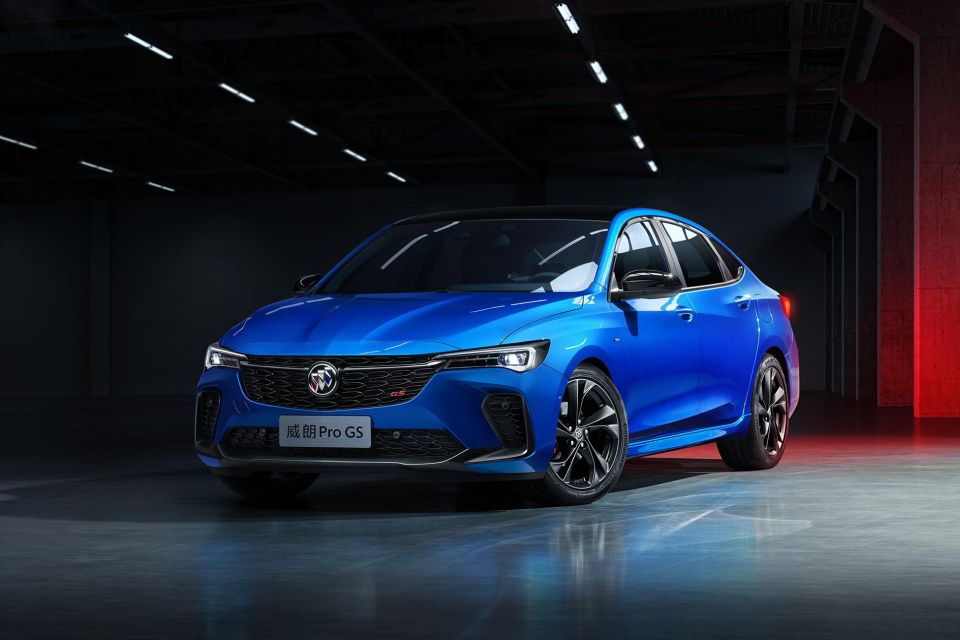
Perhaps the most logical Astra successor is the Chinese Buick Verano Pro, as the previous-generation Opel Astra was sold in China as the Verano.
Built by the SAIC-GM joint venture, the Verano Pro is a small sedan launched in 2021.
It’s powered by a turbocharged 1.5-litre four-cylinder petrol engine producing 135kW and 250Nm, mated with a CVT. That makes it good for a 0-100km/h time of 7.7 seconds.
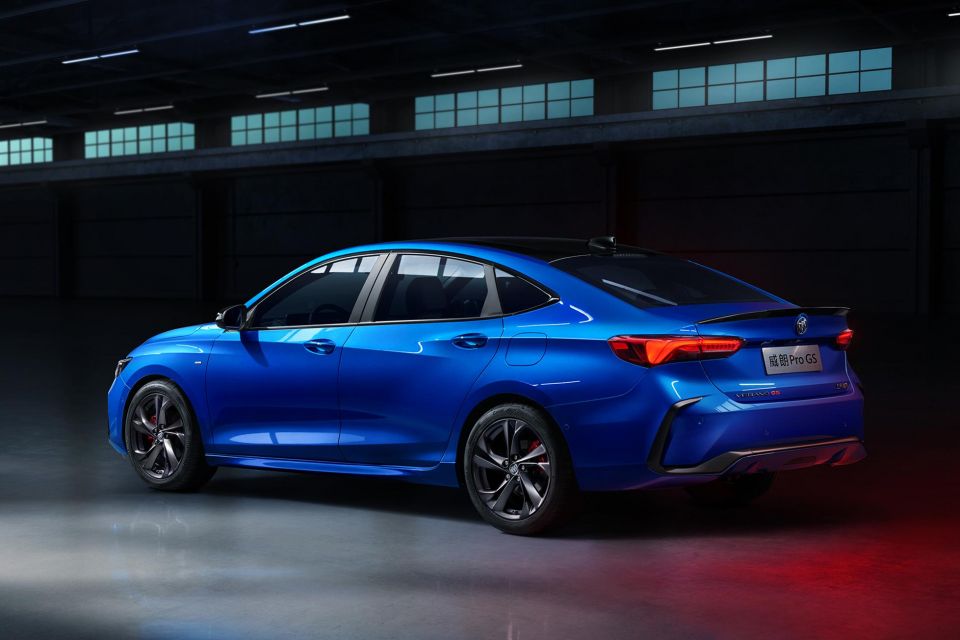
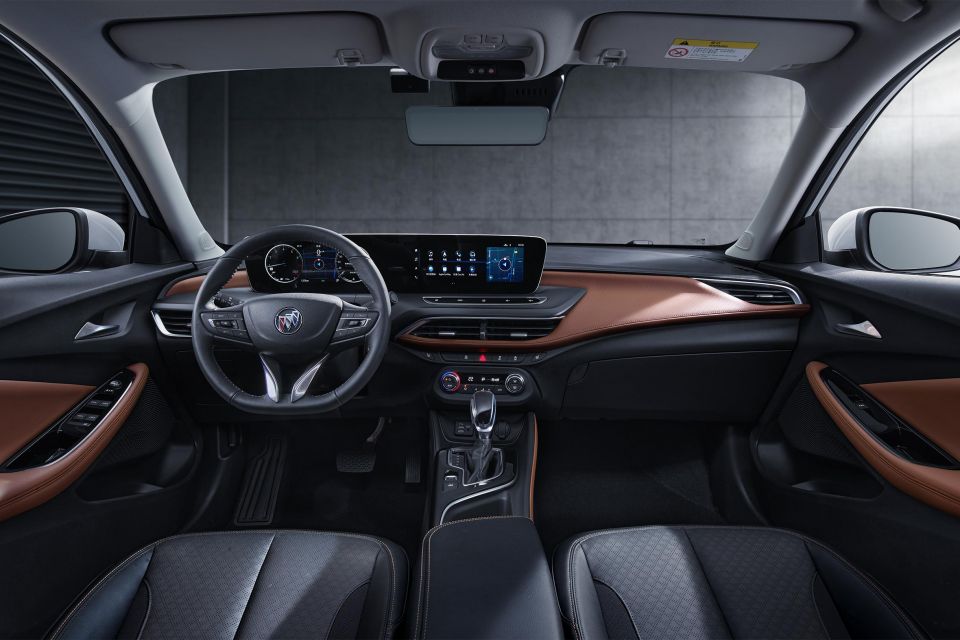
While there’s a sporty-looking GS available, this is merely an appearance package.
A range of active safety technology is available including autonomous emergency braking, blind-spot monitoring and adaptive cruise control, while inside you’ll find a pair of 10.25-inch screens.
All of GM’s small hatches and sedans are very conservatively styled, which would make it hard for any of them to stand out in a segment filled with adventurously styled models (Hyundai i30 Sedan, Kia K4) or vehicles with strong reputations (Toyota Corolla).
The most logical replacement for the Holden ZB Commodore is… the ZB Commodore.
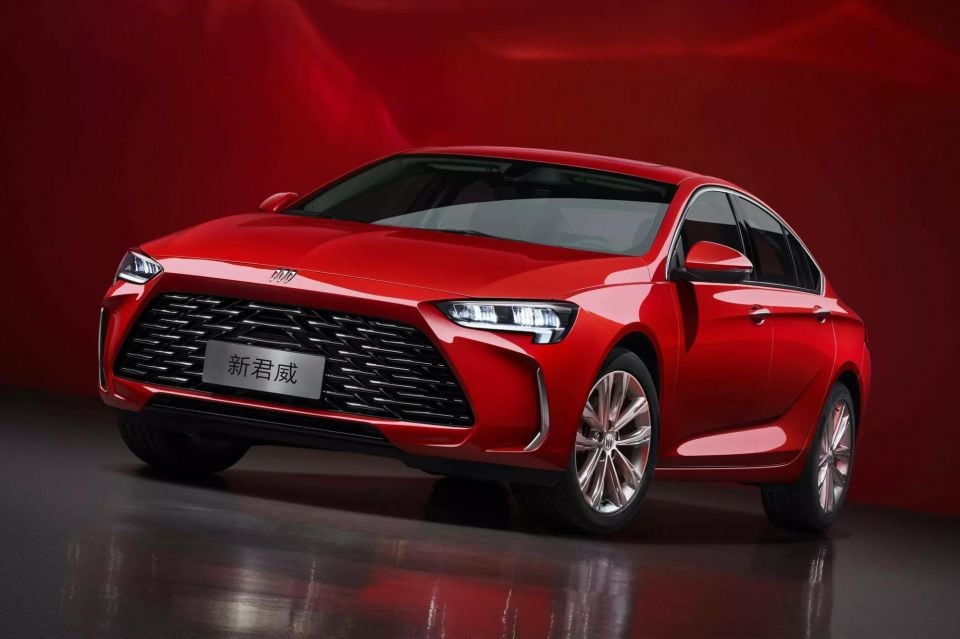
The vehicle may have died here, in Europe (where it was sold as the Opel/Vauxhall Insignia), and in North America (where it was sold as the Buick Regal), but it lives on in China under the Buick Regal nameplate.
It even received a bold new face in 2023 to tie it in visually with newer Buicks.
Only a sedan is offered, with the hatch and wagon having ceased global production. There’s no longer a V6, either, which leaves a choice of 1.5-litre and 2.0-litre turbocharged four-cylinder petrol engines.
The former produces 124kW and 250Nm and does the 0-100km/h dash in a claimed 9.1 seconds, while the latter produces 174kW and 350Nm and slashes the sprint time to 7.1 seconds. Both use a nine-speed automatic transmission.
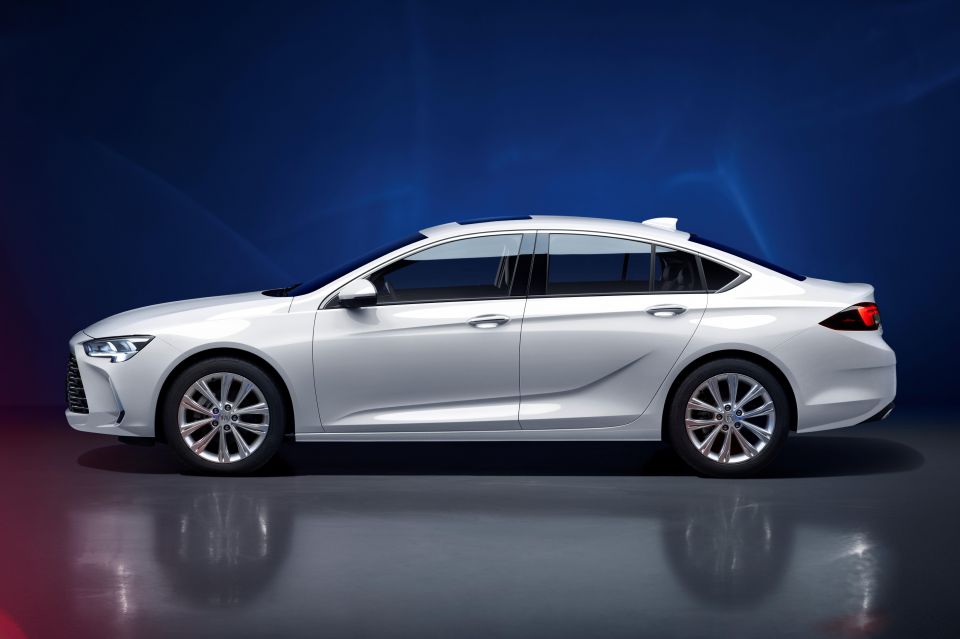
It’s unclear how much longer the Regal will stick around, with GM sales falling in China and the car having entered production back in 2017. Sporty GS and luxurious Avenir models have also fallen by the wayside, though Buick sells the larger, posher LaCrosse sedan in China.
A surviving Holden probably wouldn’t have bothered with finding a replacement for the ZB Commodore as Australia’s medium and large passenger car segments have haemorrhaged sales.
Just one ‘large’ mass-market car remains on sale in Australia, the Skoda Superb, while the mid-sized segment has receded to a handful of options but is dominated by the Toyota Camry and BYD Seal.
The sale of GM’s Thai factory may have spelled the end of the Australian-market Colorado and Trailblazer, but these vehicles live on in various Latin American markets as the Chevrolet S10 and Trailblazer.
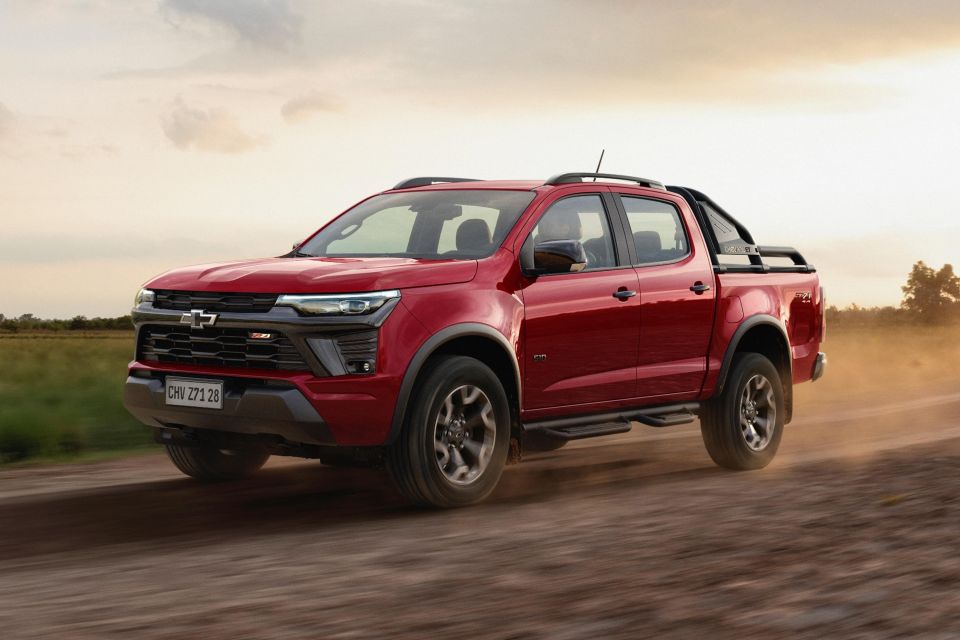
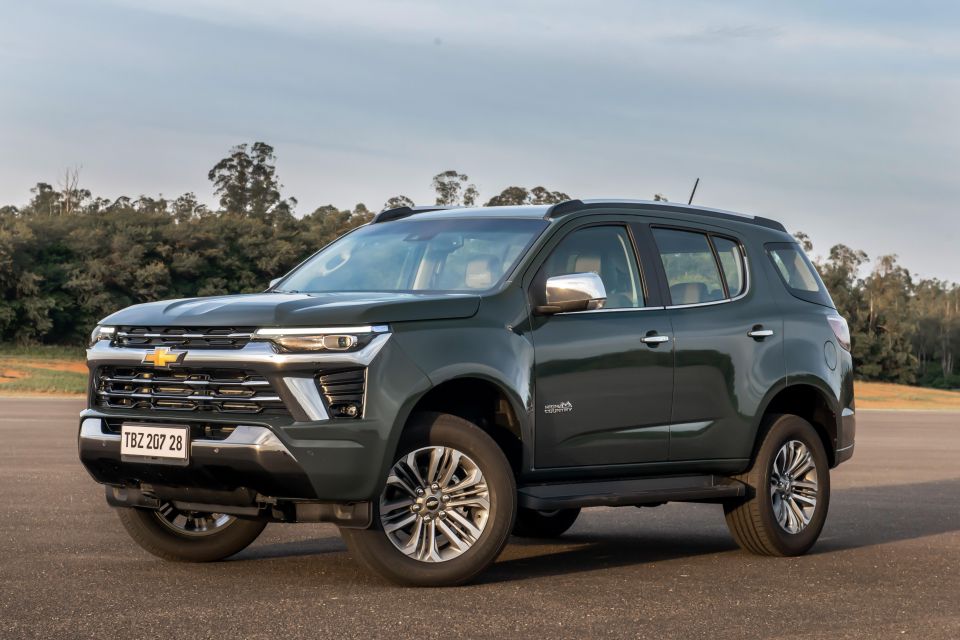
Built in Brazil, the body-on-frame ute and SUV were given substantial updates in 2024.
Both were given bolder front-end styling, as well as a redesigned dashboard with an 8.0-inch digital instrument cluster and 11-inch infotainment touchscreen.
They’re powered exclusively by a Duramax 2.8-litre turbo-diesel four-cylinder engine with 154kW and 510Nm, matched to a new eight-speed automatic transmission. Chevrolet claims a 0-100km/h time of between 9.4 and 9.5 seconds depending on the variant.
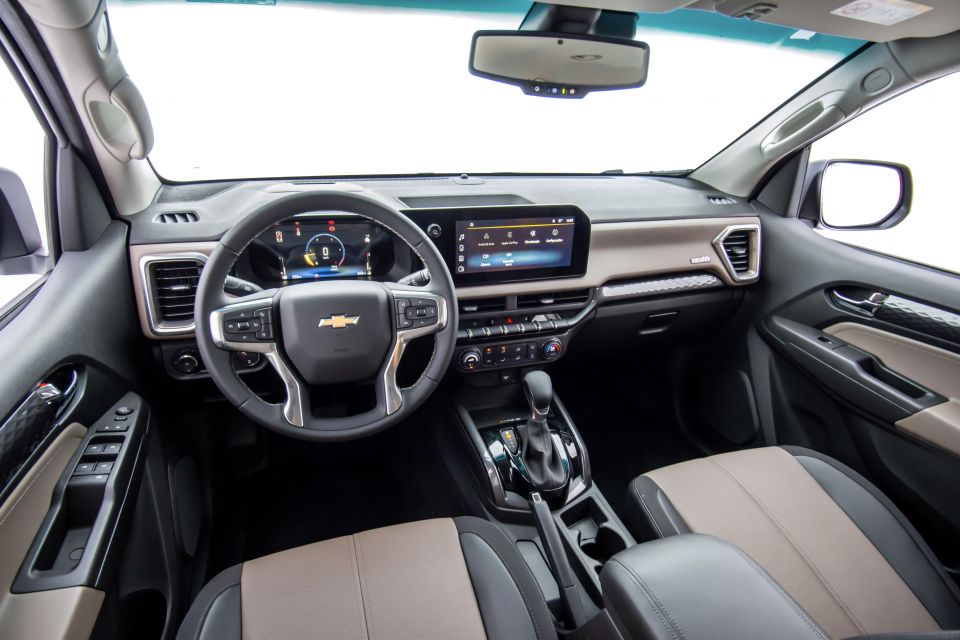
As part of the 2024 update, GM retuned their suspension and steering, widened the track, and reduced noise, vibration and harshness, though these are still overhauled versions of vehicles more than a decade old.
Unlike the last Holden Colorado and Trailblazer, the Brazilian Chevys have a full suite of active safety technology available including autonomous emergency braking with pedestrian detection, blind-spot monitoring and rear cross-traffic alert.
The updated S10 and Trailblazer haven’t received as comprehensive a redesign as that given to the Ford Ranger and Everest, which feature the same platform as before but new sheetmetal among other major changes. However, they’ve received some meaningful changes to help keep them relevant.
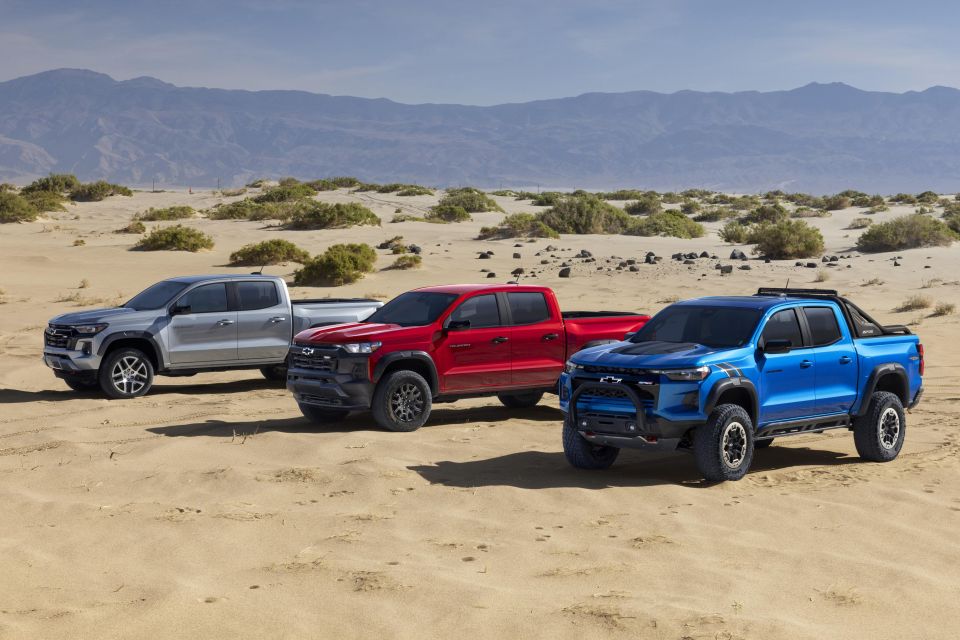
By the way, GM also sells a Chevrolet S10 Max in markets such as Mexico, but this is little more than a rebadged pre-facelift LDV T60.
The alternative to the Brazilian S10 would be the much more comprehensively redesigned North American Chevy Colorado.
Launched in 2023, the Colorado – and its GMC Canyon cousin – eschews diesel power for a turbocharged 2.7-litre four-cylinder petrol engine producing 231kW and 583Nm, mated with an eight-speed auto.
Available only as a dual-cab ute, the US-built Colorado measures up to 5416mm long and 1938mm wide on a 3337mm wheelbase. That makes it slightly longer and wider than a dual-cab Ranger on a longer wheelbase.
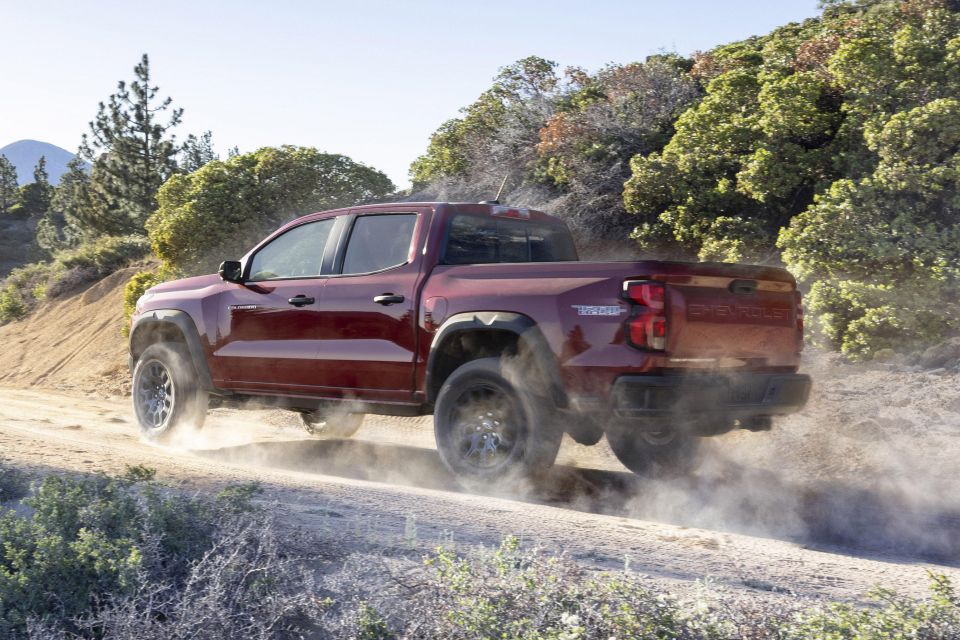
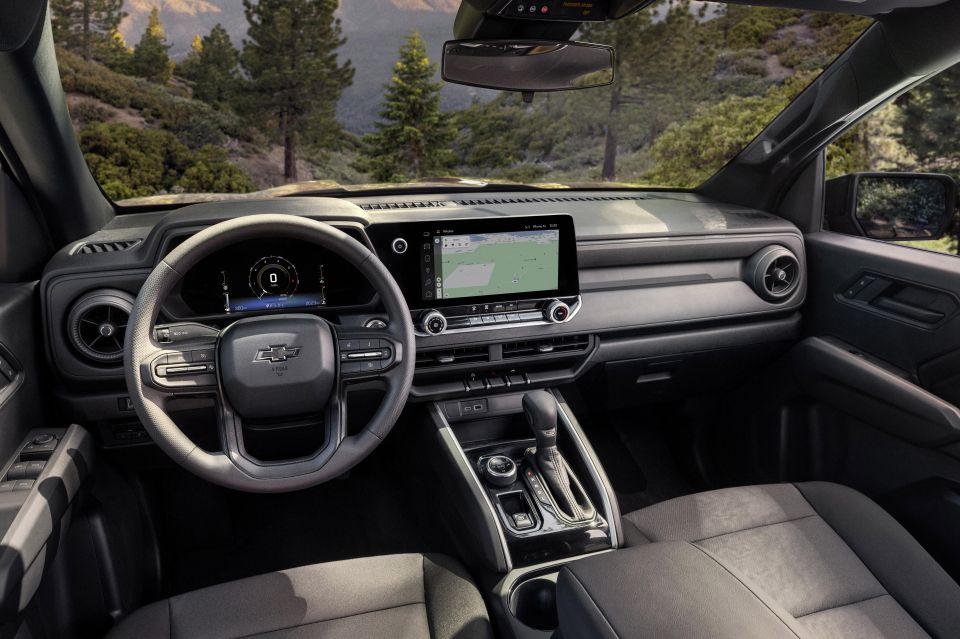
Trail Boss and Z71 models get a limited-slip differential and all-terrain tyres, while the rugged ZR2 gets electronically locking front and rear differentials, Multimatic DSSV spool-valve dampers and 17-inch wheels with 33-inch mud-terrain tyres.
Inside, all models feature an 11.3-inch touchscreen infotainment system and an 8.0-inch digital instrument cluster.
Standard safety equipment includes autonomous emergency braking with pedestrian detection and lane-keep assist, with available equipment including blind-spot assist, rear cross-traffic assist, adaptive cruise control and a surround-view camera.
In all, it’s a much more impressive ute than the old Colorado, but the lack of a diesel would hurt it in Australia.
The Chevrolet Equinox is now in its fourth generation, with the new model revealed in 2024.
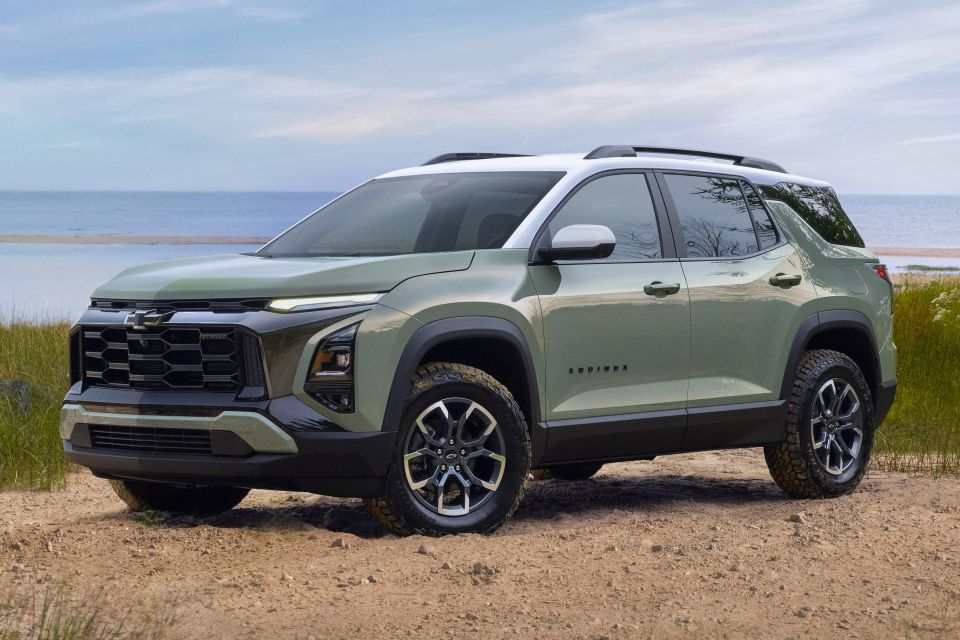
The old model was a good steer, but its styling was a bit awkward and its interior a bit cheap.
This time around, it wears bolder, chunkier styling, though dimensionally it’s virtually unchanged. The gutsy turbocharged 2.0-litre four-cylinder petrol engine was phased out during the last car’s run, leaving just a turbo-petrol 1.5-litre four in markets like the US.
This produces 130.5kW and 250Nm in front-wheel drive guise, where it’s mated with a CVT; all-wheel drive models have an extra 25Nm and use an eight-speed auto.
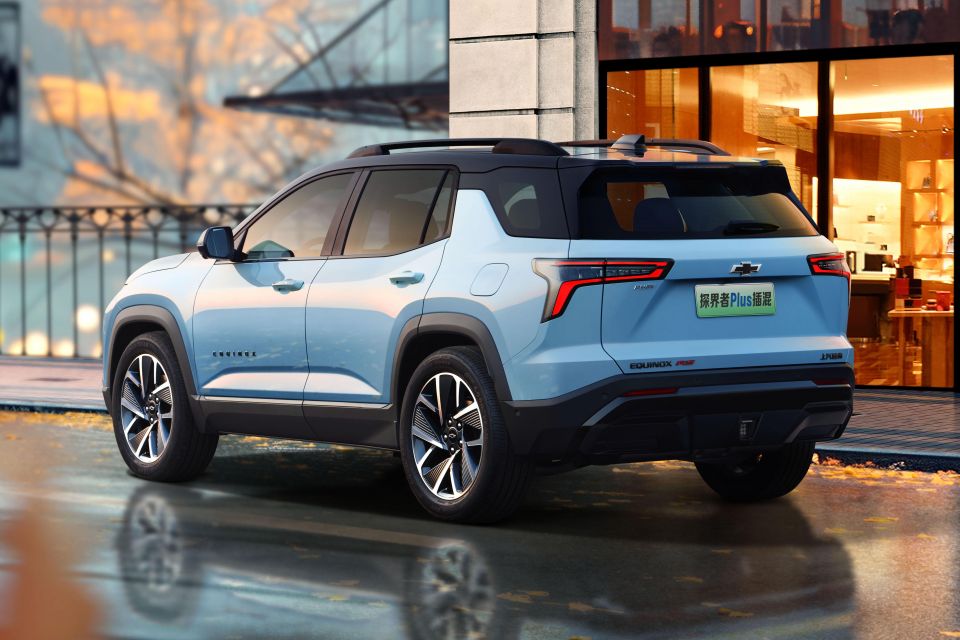
After investing heavily in electric vehicles, GM has recommitted to plug-in hybrids. The Equinox has received such a powertrain, albeit only in China for now.
The front-wheel drive Equinox PHEV mates a 132kW/250Nm 1.5-litre turbo four with either a 16.5kWh or 24.4kWh lithium iron phosphate battery, a two-speed transmission, and a 140kW/315Nm electric motor.
Total system outputs are 272kW and 565Nm, with electric range between 102km and 155km on the CLTC cycle depending on the battery.
Chevrolet claims a 0-100km/h time of between 6.8 and 7.0 seconds, depending on the variant.
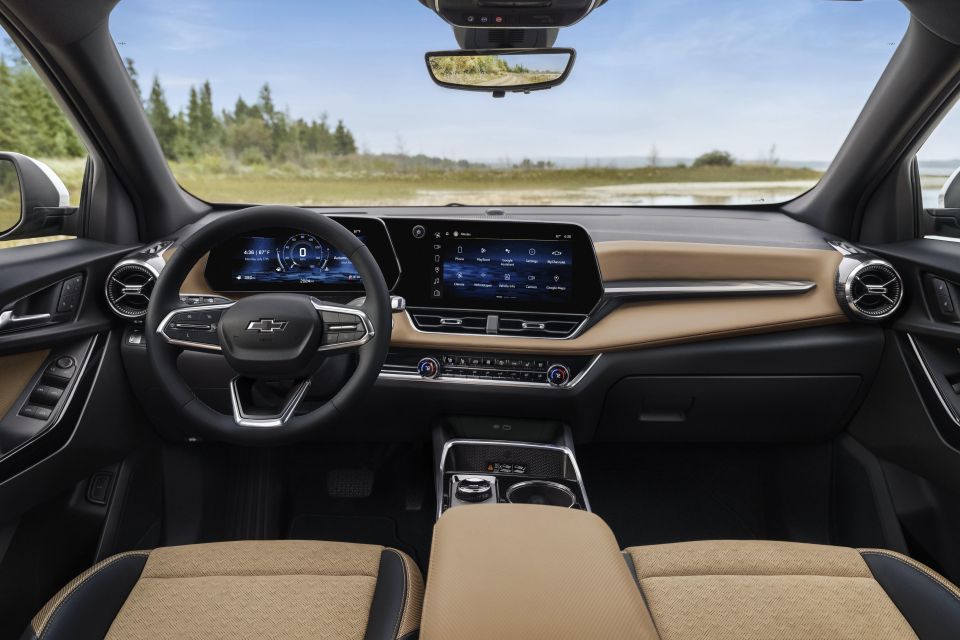
The Equinox rides on MacPherson strut front and four-link independent rear suspension, and features a full suite of active safety technology. Unlike the last Equinox sold here, it features available adaptive cruise control, rear cross-traffic assist, and lane centring.
Inside, there’s a 11-inch digital instrument cluster and an 11.3-inch infotainment touchscreen with wireless smartphone mirroring. The dashboard closely resembles that of the unrelated Equinox EV, and gives the Chevy a very contemporary cabin.
As before, the Equinox has a cousin over at GMC showrooms. However, the new GMC Terrain now closely resembles the Equinox instead of having unique sheetmetal.
Let’s assume had Holden survived that GM would have given it the new GMC Acadia, instead of switching to its Chevrolet Traverse or Buick Enclave platform-mates.
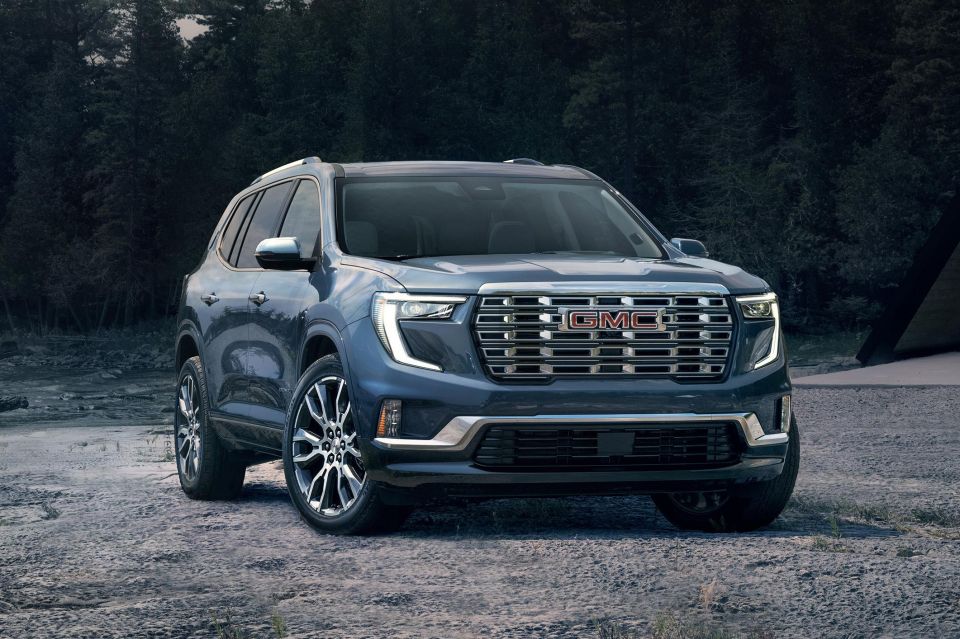
Revealed in 2023, the third-generation Acadia has now expanded back to the dimensions of the first-generation model never sold here, making the trimmer, more global market-friendly second-gen Acadia an anomaly.
The third-gen Acadia is 200mm longer and 106mm wider than its Holden-badged predecessor on a 213mm longer wheelbase, and at 5179mm long it’s longer than a Toyota LandCruiser 300 Series and just shy of a Jeep Grand Cherokee L.
Available with either seven or eight seats, GMC claims it has increased space behind the third row by nearly 80 per cent.
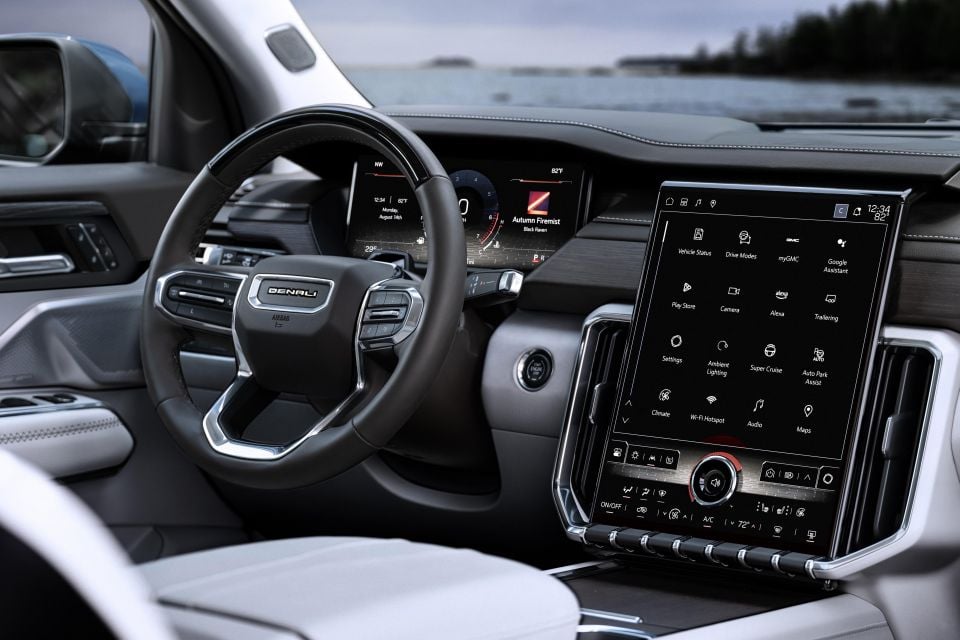
The new-gen Acadia has ditched its V6 for a turbocharged 2.5-litre four-cylinder petrol engine producing 244kW and 442Nm. These outputs are up 13kW and 75Nm on the old 3.6-litre, though the Acadia has gone from a nine-speed to an eight-speed auto.
It’s available with either front- or all-wheel drive, like the old Acadia. The Acadia AT4 features a different Active Torque Control twin-clutch all-wheel drive system, along with a unique suspension tune with hydraulic rebound control, a wider track, integrated skid plates, a 25mm taller ride height, and 18-inch all-terrain tyres.
The top-spec Denali rides on 22s, while inside it features laser-etched wood trim, leather upholstery, Galvano chrome accents, heated and ventilated front seats, and active noise cancellation.
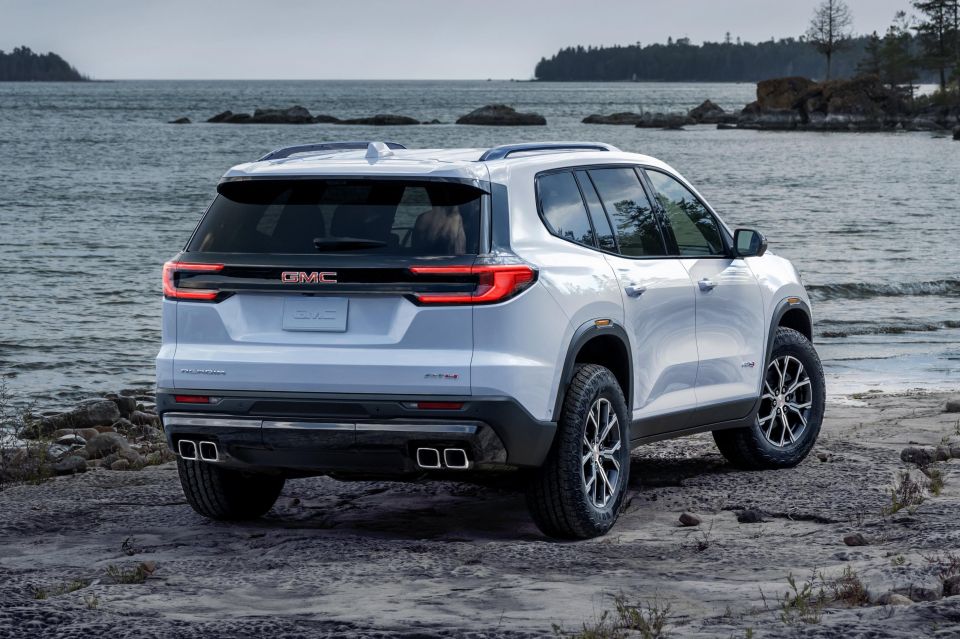
All Acadia vehicles have a 11-inch digital instrument cluster and a portrait-oriented 15-inch touchscreen infotainment system.
Safety equipment for the Acadia includes autonomous emergency braking (forward and reverse) with pedestrian and cyclist detection and intersection assist, as well as blind-spot assist, rear cross-traffic assist, speed limit assist and adaptive cruise control.
360-degree cameras are also available, including a hitch-view camera. Maximum towing capacity is 2268kg, though, so as with most crossovers you won’t find super heavy-hauling capability here.
Had things been different and Holden survived, a range focused more on SUVs seems highly likely.

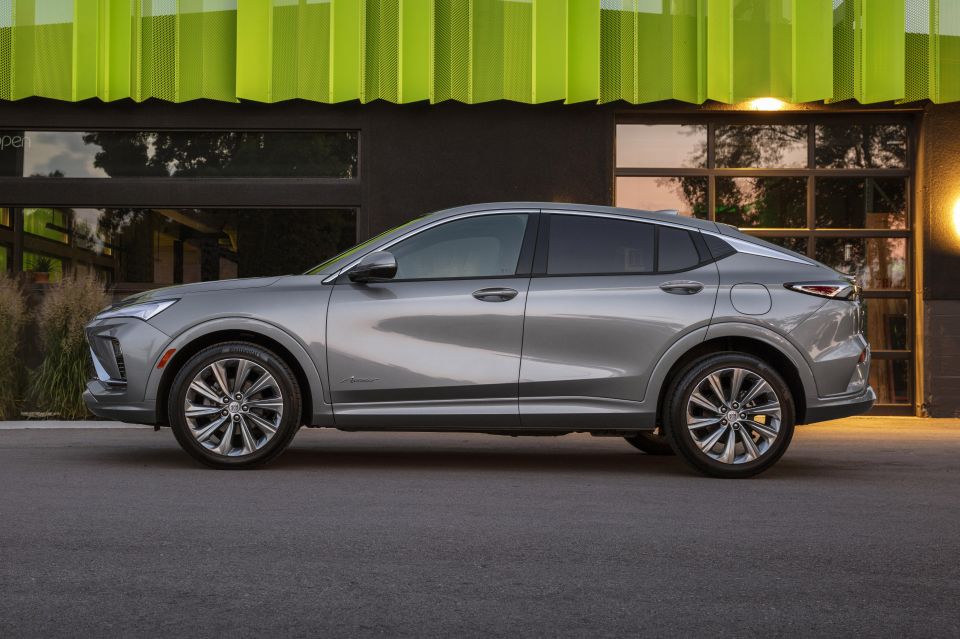
There’s a handful of other small SUVs in GM’s current global portfolio, a couple of which would be logical inclusions in a 2025 Holden lineup.
There’s the Chevrolet Trailblazer, unrelated to the aforementioned Chevrolet Trailblazer and launched in 2020. Built in both Korea and China, it’s around the same size as an MG ZS and is offered with either a 1.2- or 1.3-litre turbocharged three-cylinder petrol engine and front- or all-wheel drive.
It’s closely related to the Buick Encore GX, while GM’s mid-priced brand also has the sleek Envista. A coupe-style SUV offered with either a 1.2-litre turbo triple or a 1.5-litre turbo four, depending on the market, the Envista entered production back in 2022.
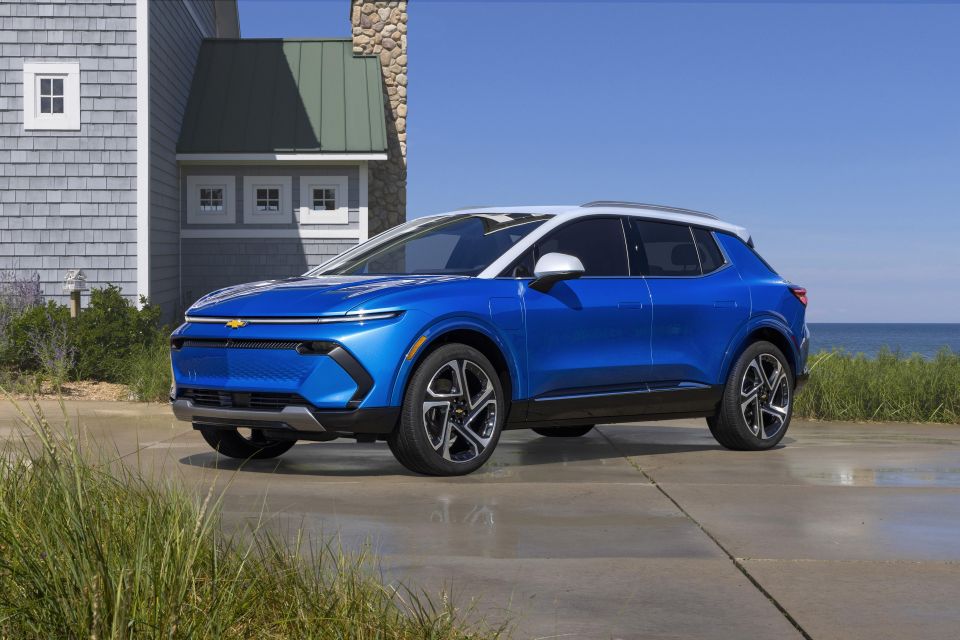
GM has also dramatically expanded its EV lineup, with Chevrolet offering a pair of sleek electric crossovers and Buick boasting a couple of its own in China. These all ride on GM’s BEV3 platform, shared with the Cadillac Lyriq among other models.
Until a next-generation Bolt arrives, the Equinox EV remain GM’s most affordable EV in North America.
Completely unrelated to the petrol and plug-in hybrid Equinox, it measures 4840mm long, 1954mm wide and 1646mm tall on a 2954mm wheelbase, making it 48mm longer, 28mm narrower and 22mm taller than a Tesla Model Y.
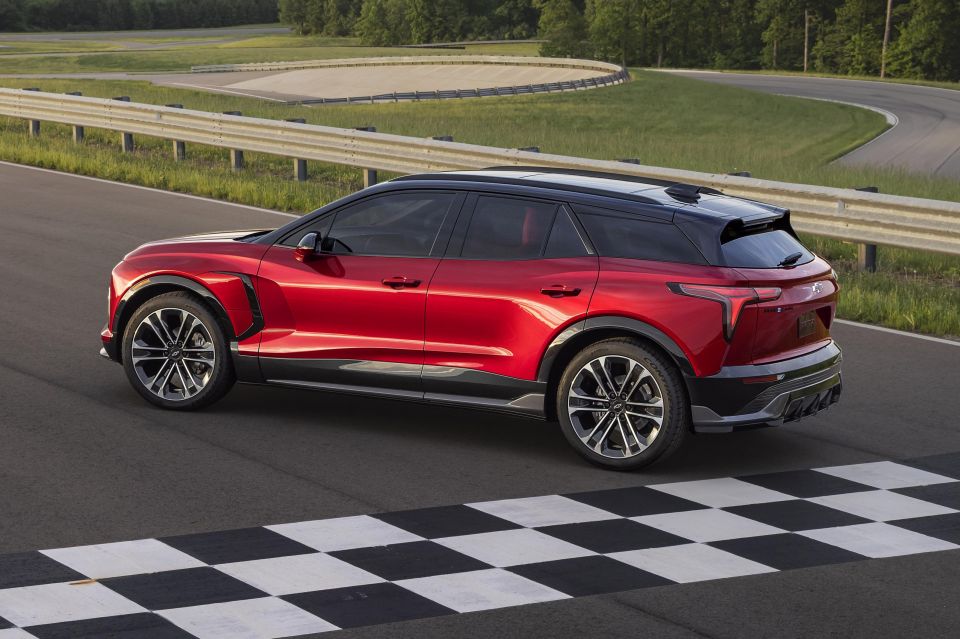
It’s available with either 164kW single-motor front-wheel drive or 224kW dual-motor all-wheel drive powertrains. Per stricter US EPA testing, front-wheel drive models have up to 513km of range and all-wheel drive models have up to 459km.
The Blazer EV turns up the wick, with a racier design featuring a longer and wider body. Unlike the front-wheel drive Equinox EV, the most affordable Blazer EVs are rear-wheel drive, with dual-motor all-wheel drive variants available.
A hot SS variant packs a 415kW/879Nm dual-motor powertrain, good for a 0-60mph (0-96km/h) time of 3.4 seconds.
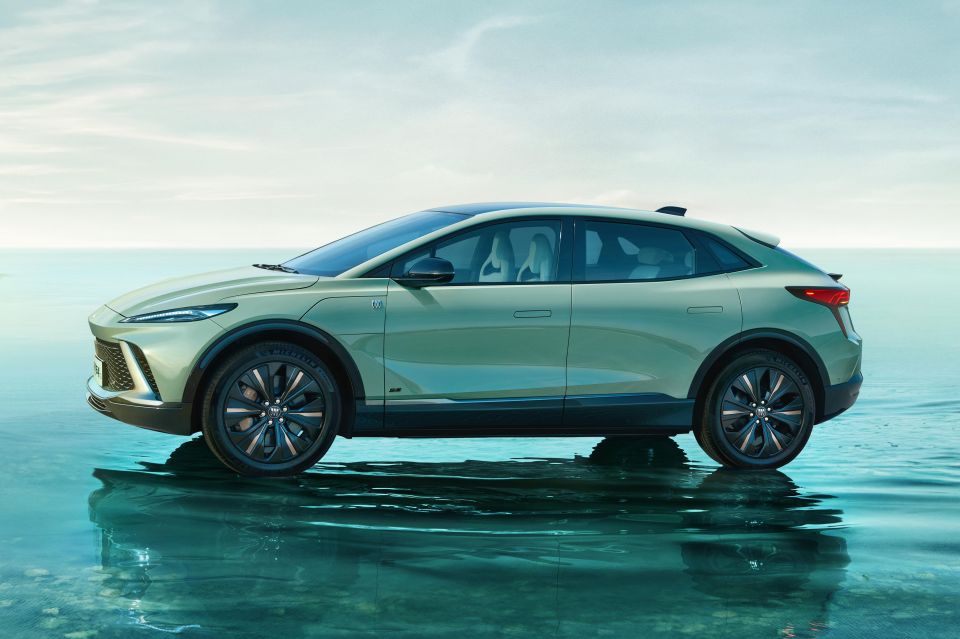
Buick’s related Electra E4 and Electra E5 have thus far only been introduced in China.
Of the two, the Electra E5 is arguably the more interesting with sleek, rakish styling and a sporty GS variant.
Don’t expect Blazer EV SS performance, though. In dual-motor guise, the Electra E4 GS uses a 79.7kWh lithium-ion battery with 620km of CLTC range and 143kW/305Nm front and 68kW/160Nm rear electric motors, giving it a claimed 0-100km/h time of 6.2 seconds.
Where expert car reviews meet expert car buying – CarExpert gives you trusted advice, personalised service and real savings on your next new car.
William Stopford is an automotive journalist based in Brisbane, Australia. William is a Business/Journalism graduate from the Queensland University of Technology who loves to travel, briefly lived in the US, and has a particular interest in the American car industry.


Max Davies
5 Days Ago
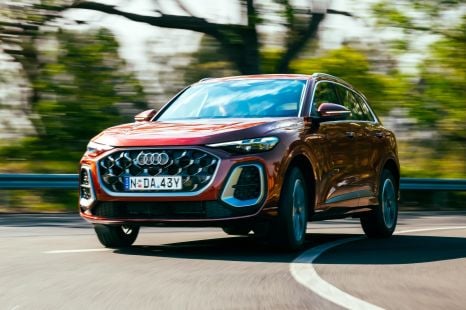

James Wong
4 Days Ago
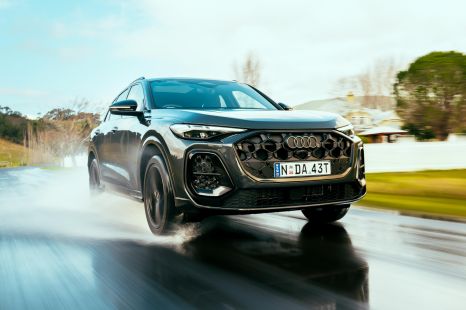

James Wong
3 Days Ago
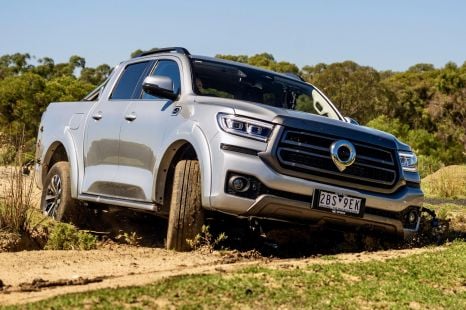

Max Davies
2 Days Ago


James Wong
12 Hours Ago
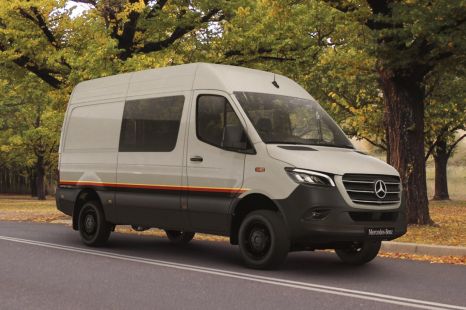

Marton Pettendy
11 Hours Ago